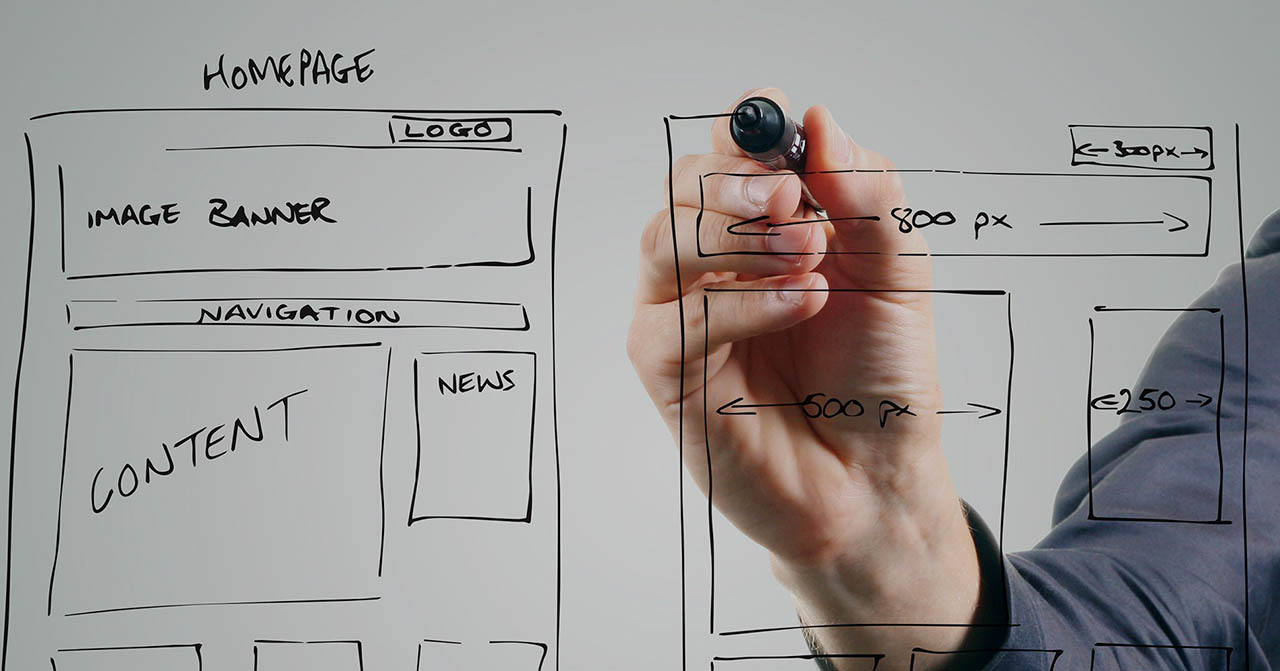LEARNING TO WIREFRAME: 10 BEST PRACTICES
By ADMIN| October 3, 2017
CATEGORY : WEB DEVELOPMENT
TAGS :

At the wireframing phase of the design process, our ideas are young and unpolished. Wireframes, whether created on scraps of paper, a whiteboard, or in a software program, serve to establish relationships between elements in a project such as: navigation, imagery, and calls to action. But if we think of wireframing as a tool, it’s ultimate purpose is to create an ideal space for collaborative conversations about design solutions, while supporting iterations and driving rapid ideation.
Source: https://www.dtelepathy.comSo how do you know if your wireframes are effectively driving the design conversation? The best way to tell if wireframes are hitting the mark is to take a step back and ask this question: When I share my wireframes, are the conversations about the execution OR about the experience I’m creating?
If your creative brainstorms and discussions are getting stuck on “how your wireframes look”, you may be missing the mark. And usually, it boils down to one or more of these three problems:
- Your wireframes are executed poorly. See 10 best practices below for help.
- You failed to set clear expectations with the client about how you are using wireframes as a tool to drive the conversation about design solutions.
- Your wireframes are too polished and not solution-oriented.

10 Best Practices to Free Your Wireframes
Wireframing is about rapid ideation. And to do this right you need to explore multiple directions and opportunities quickly in a transparent environment to concentrate on ideas and solutions without hidden agendas. Don’t get trapped in your wireframes! Use these 10 best practices to free your wireframes from mediocrity and get on with designing amazing experiences.









The Right Tool for the Job
Brainstorming and rapidly on whiteboards allows us to explore multiple solutions and identify new opportunities. Those ideas are then more easily prioritized once we identify the potential impact (and effort) of each idea. A good wireframe allows us to easily queue up experiments to implement and iterate upon as part of our design subscription.
Good designers spend time determining the right tools to solve design problems. Use of a great tool at the wrong time can be detrimental to a project. Like other UX practices, wireframing exists in a non-linear plane. Think of it as tool in your tool belt, grab it when you need it; use it in combination and in no particular order. Trust your design intuition and be fearless with your ideas.

